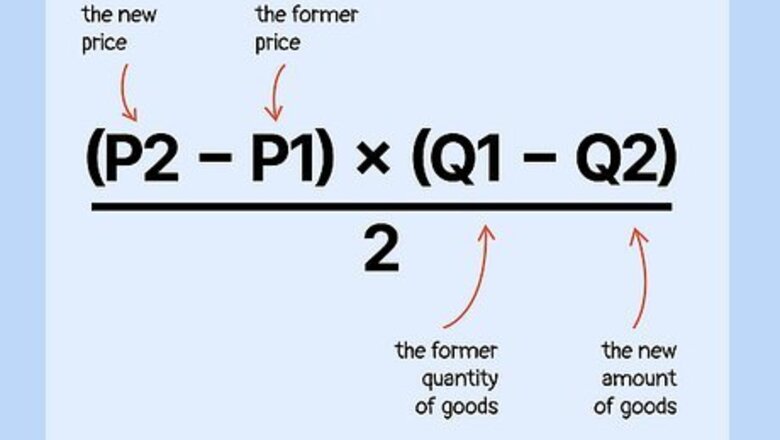
views
- Use the following formula to calculate deadweight loss: ((P2 - P1) x (Q1 - Q2)) ÷ 2.
- Deadweight loss is the cost to consumers and sellers when goods aren’t sold at normal market prices or in normal market quantities.
- Deadweight loss can be caused by a number of factors including: price ceilings and floors, taxes and subsidies, product surpluses and deficits, and monopolies.
Computing Deadweight Loss

Use ((P2 - P1) x (Q1 - Q2)) ÷ 2 to find deadweight loss. When an economic change occurs that changes the prices or quantity of goods, calculate the difference to know how much the economy has shifted. The formula to measure this difference is (P2 - P1) x (Q1 - Q2)) ÷ 2: P2 = the new price of goods or services after an economic change P1 = the former price of goods before the change Q1 = the former quantity of goods that were sold before the economic change (usually at a weekly or monthly rate) Q2 = the new amount of goods being sold after the change
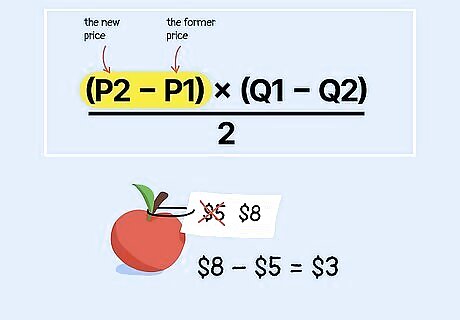
Calculate the difference in prices (P2 - P1). First, figure out how much the price of a good has fluctuated. Subtract the original price of a good (P1) from the new price (P2) after a market imbalance. The difference between these 2 numbers is your price difference. For example, suppose a bag of apples cost $5, but a parasite infected the nearby apple orchards, causing an apple shortage. Prices were adjusted to $8 to compensate for the loss. The new price (P2) = 8. The original price (P1) = 5. 8 - 5 = 3, so the price difference is $3.
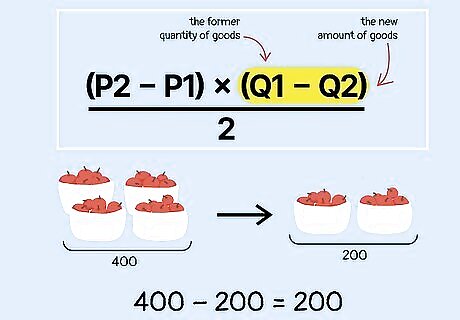
Determine the difference in quantity (Q1 - Q2). Once you’ve calculated the difference in price, solve for the difference in supply. Subtract the new number of goods being sold (Q2) from the number that was sold before the market change (Q1). Using the same apple orchard example, let’s suppose the seller lost about half of their apples due to the shortage. While they originally sold 400 bags of apples per month (Q1), now they’re only able to sell 200 (Q2). Q1 (400) - Q2 (200) = 200 so the difference in quantity here is 200.
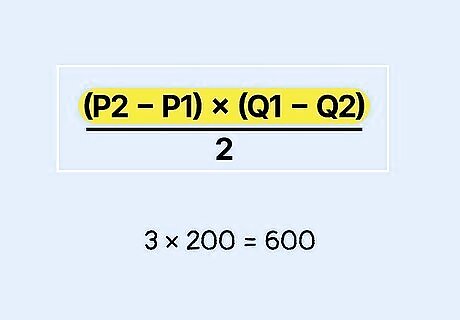
Multiply the difference in price by the difference in goods. Once you’ve figured out the price difference and quantity difference, use the formula (P2 - P1) x (Q1 - Q2) to determine your next value. For example, in the apple scenario, X would be 600, because (P2 - P1) = 3 multiplied by 200 (Q2 - Q1) = 600.
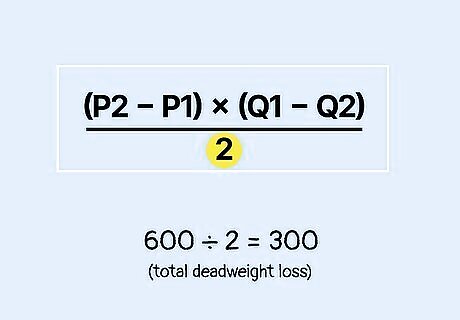
Divide ((P2 - P1) x (Q1 - Q2)) by 2 to calculate total deadweight loss. Because you’re using 2 different values to determine your price and quantity differences, divide your final X value by 2 to compensate. Therefore, the final formula is ((P2 - P1) x (Q1 - Q2)) ÷ 2. 600/2 = 300, so there would be a total deadweight loss of $300 for the consumer and the company due to this apple shortage.
What is deadweight loss?
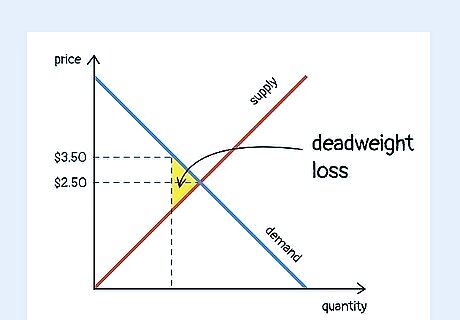
Deadweight loss is the cost to the economy when the market isn't balanced. When supply and demand are not equal, resources from a seller/supplier are not distributed efficiently. This inefficiency leads to large price fluctuations for goods and services. The goods get undervalued (which causes a loss for the seller) or overvalued (which overcharges the consumer). This negatively affects the economy and society as a whole. For example, suppose your favorite bakery charges $2.50 for a cookie, which you pay since the cookies are yummy enough to be worth $3. But then a 40% tax is imposed, raising the cookie’s price to $3.50. That’s not worth it, so you don’t buy it. Your lack of business creates a monetary loss for the bakery and a goods loss for you. These losses are “deadweight.”
Causes of Deadweight Loss
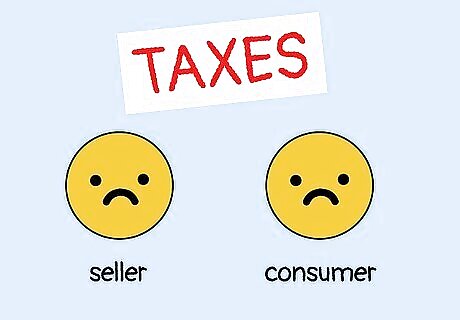
Taxes The most common cause of deadweight loss is taxes imposed by the government. Taxes add an additional charge to a good without any gain for the consumer or the seller. The seller becomes less incentivized to produce and the consumer becomes less incentivized to buy. It’s a loss for both, which is deadweight. For example, suppose you valued cheese at $4. You’d happily pay the $3.95 that your grocery store sells it for, but if taxes on cheese were increased by 15%, the price would go up to >$4.50. You’d determine it’s not worth it and stop buying cheese. This would cause you to lose out on the good and the grocery store to lose out on your business.

Monopolies When one company controls the entirety of a product’s market, deadweight loss is common. Because these monopolies have complete control over prices, they often raise them extravagantly since consumers don’t have any other options. This causes a major overcharge for the consumer, and, if they’re less motivated to buy, eventually leads to a loss for companies too. Pharmaceutical companies are a common example of monopolies. For example, if a company gets a patent on a medicine that’s in high demand, they completely control its price. They could charge consumers $15 for a drug that’s $0.50 to make. Consumers become less incentivized to buy, which creates deadweight loss and prevents them from receiving quality healthcare.
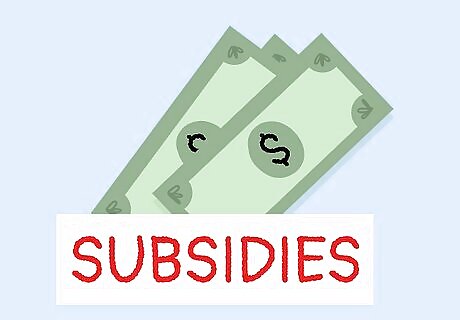
Subsidies When governments offer temporary grants to pad a business’ income, it creates a false rise in demand. With financial assistance, the business is incentivized to drop some prices below market value. These low prices attract more customers, but once the seller’s income is no longer padded by a subsidy, the prices rise again. Customers then leave and a deadweight loss is created. In addition, subsidies are often paid for with taxpayer money, which, regardless of where the subsidy is going, creates a small deadweight loss for the country as a whole.
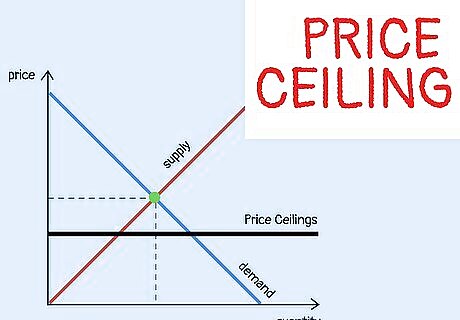
Price Ceilings A price ceiling occurs when the government puts a maximum price on what a seller is allowed to charge for a good. Price ceilings can be hugely beneficial, as they prevent monopolies from price gouging. However, they can also create a deadweight loss, since consumers will want to pay lower prices for products, but businesses won’t want to lower the prices and be less incentivized to sell in general. Rent control is a common example of a price ceiling.
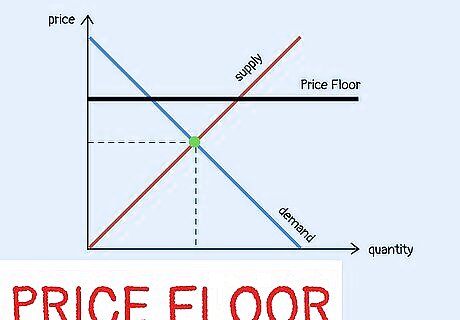
Price Floors The opposite of a price ceiling is a price floor. In a price floor, the government sets a minimum price for various products and services, which leads to overcharges and an imbalanced economy. Price floors are often beneficial as they prevent workers from being exploited, but they can also create deadweight loss.
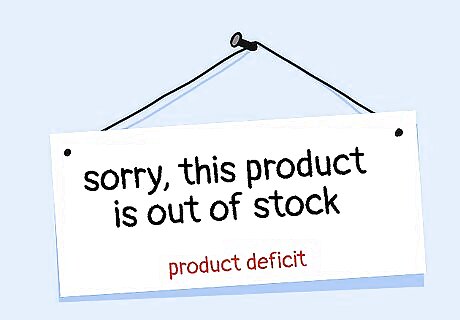
Product Deficits When products go through shortages, businesses aren’t able to sell to consumers at a healthy rate. This results in a lack of business and, to compensate, sellers often up the prices on the products they do have. These higher prices create overcharges, which make consumers less motivated to buy, resulting in a cycle of deadweight loss. Trade also heavily affects surpluses and deficits. If more products from a country are exported than imported, it’s likely that country will face some form of deficit in world market goods.
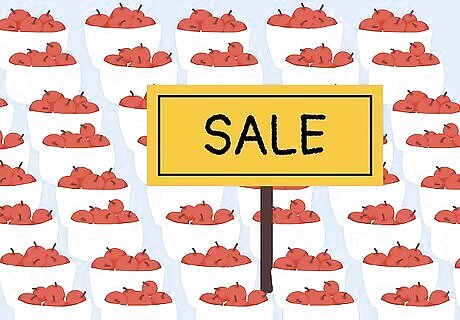
Product Surpluses Too many products and too little demand can also create deadweight loss. When there are more goods than consumers need or want, these goods sit idle instead of healthily circulating through the economy. This leads to missed financial opportunities for the business. Some product surpluses harm the environment as well as the economy. For example, the greenhouse gasses emitted to produce certain goods like meat, dairy, and fuels are an unnecessary damage if these products aren’t consumed at a reasonable rate.



















Comments
0 comment